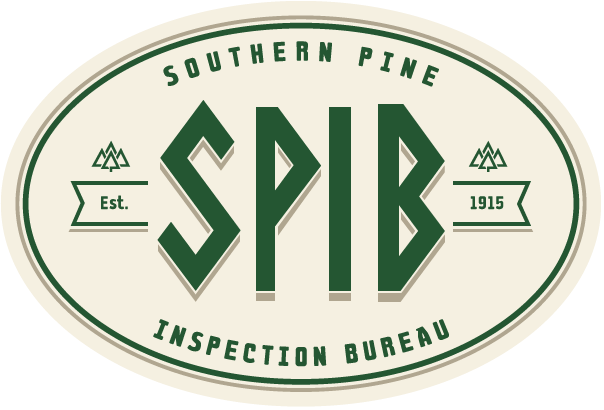
Lumber Grade Marking History: 1938
Introduction
In January of 1938, two legendary live sound recordings just so happened to be produced on the exact same day. The first was “Mahler’s Ninth,” by the esteemed Vienna Philharmonic. The second was Benny Goodman, who alongside a collection of other renowned jazz musicians became the first of their type to headline a concert at Carnegie Hall in New York City.
1938 was also the year when the Southern Pine Association continued its efforts in promoting the use of grade marked lumber – efforts that were quickly commended by Government officials. During this time, the responsibility for grade marking was maintained at the trade association level. Both distributors and eventual consumers indicated that they wanted more refinements and definitive classifications in the grading rules and this process would begin in earnest soon after.
You will go into greater detail about the increased demand for grade marked lumber, which itself was largely a result of the intimate cooperation between the Southern Pine Association and the United States government. Quality lumber and excellent construction obtained superior and measurable progressive attainments, all of which meant big things for the industry at a time when the Great Depression was finally winding down.
We hope this section is equal parts insightful and compelling, as the narrative that brought the industry to the point where it is today was still in those fragile nascent stages. The industry had already come a long way by this point in the decade… but as you’re about to find out, it still had a long way to go, too.
1938.
The Southern Pine Association’s efforts in promoting the use of grade marked lumber were recommended by Government officials. Responsibility for grade marking was maintained with the trade associations.
Distributors and consumers of lumber indicated a further need for refinements and definite classifications in the grading rules. Standard specifications were revised to meet the changing character of southern pine timber entering production. SPA grade marked lumber was plentiful. Standardization and inspection work was extended so that every good producer of southern pine could participate in uniform practices for the supply of certified lumber to the consuming public.
Poorly made lumber, wrongly used in house construction, jeopardized an investment of several million dollars. The southern pine lumber industry did not sanction or tolerate such practices. Grade marked lumber was the keystone to a better product, made in a better manner. Better houses and buildings resulted.
The increased demand for grade marked lumber, as a result of SPA cooperation with the U. S. Government, was apparent. Good lumber and good construction obtained excellent and measurable progressive attainments.
Distributed to dealers and consumers of lumber by the Southern Pine Association, the following published leaflets were educational and promoted the use of grade marked southern pine:
1. SPA Grade Marked Lumber as Important as an Insurance Policy.
2. If It’s Grade Marked It’s Pre-Checked.
3. The Inside Story of a Good House.
4. $50 Now or $500 Later.
5. If It’s Grade Marked It’s Dry.
6. Finer Homes Assured with SPA Grade Marked Lumber.
Grading rules were kept on a sound basis but changes were necessary from time to time to meet the needs of practical manufacture and those of consumers. “Defects” and “Blemishes” were changed, as to wording, to “Characteristics” and “Grade Limitations.” Merchandising advantages resulted. Simplification and the elimination of ambiguities were arranged to provide better segregation of the qualities currently found in southern pine trees. The common grades of boards, stress ratings for dimension, and structural rules were the major considerations. All changes were brought wholly in line with the new American Lumber Standards.
Division of Simplified Practice of the National Bureau of Standards – the Central Committee on Lumber Standards – approved a revision of Simplified Practice Recommendations R16–29, Lumber – more commonly known as American Lumber Standards.
The Fair Labor Standards Act of the Wage and Hour Law was effective October 24, 1938 – forty-four hours a week working time and twenty-five cents an hour pay rate, maximum and minimum, respectively, to start; annually increasing wages and decreasing hours.
Effective September 1, 1938, all lumber and sawn timbers imported from all foreign countries must be marked to indicate the country of origin for admission through U. S. Customs – by order August 22, 1938, U. S. Treasury Department to Collectors of Customs; authority of Section 3, Customs Administrative Act of 1938 an Amendment to Section 304 of the Tariff Act of 1930. The Domestic Origins Act of 1934 required lumber used in public construction to be a U. S. product. The marking of foreign lumber, requested by lumbermen, sided the enforcement of the Domestic Origins Act.
